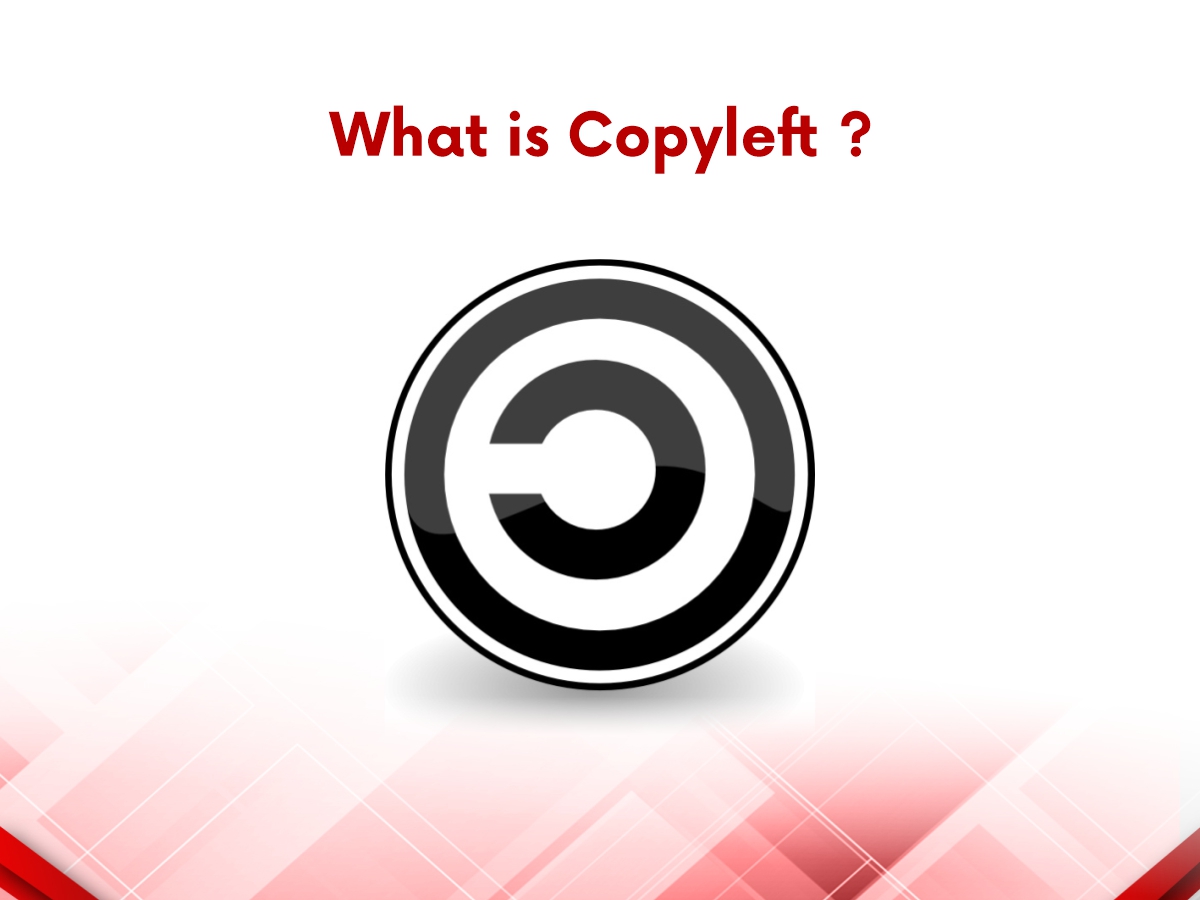
Close


Copyleft is an intellectual property license based on the concept of distributing your work to others with the freedom to copy, modify, and share it further. It provides users the opportunity to use, reform, or distribute the work in any way possible, as long as they keep the same liberty in revised editions of the work. It motivates people to make greater and more creations. Although copyleft requires people to share modified works while transferring the same copyleft license to others, unlike the public domain, it does not require them to make the copylefted work free.
Richard Stallman created the first copyleft license, known as the GNU General Public License (General Public License). Creative Commons’ Share Alike license can also be used as an example of a copyleft license.
The purpose of a copyleft license is to give people the ability to use and modify an original work while also granting a similar set of rights to everyone else who is interested. Therefore, anyone who gets a copylefted work and modifies it in their way cannot restrict the rights to the modified work to himself alone.
The concept of copyleft was a novel approach to the free movement of ideas. It broadens the scope by not limiting the rights to the work to a single person or a small group of people, but rather to anybody who is interested in the work and ready to comply with the copyright licensing agreement’s conditions.
In the case of Copyleft, the author can copyright the original work first, and then third parties can seek to use the distribution terms and clauses, which allow them to use, modify, and redistribute the codes and programs provided that no changes are made in the documentation terms. This procedure ensures that the original author is identified even when the source code is copied and shared. The original and modified works are both free to use, and anyone who is interested in them has the freedom to change them.
Any programmer who uses and modifies a copylefted program or software has the right to distribute and reproduce it, but not to sell or benefit from it commercially. Examples of copylefted open-source software involve Linux-based applications.
The GNU Free Documentation License (FDL) is an example of copyleft license designed for use on a textbook, manual or other document to ensure that everyone has the effective freedom to copy and redistribute it, commercially or non- commercially, with or without modifications.
Many manuals and every GNU source code distribution have the appropriate license.
If you are the copyright holder, all of these licenses are meant to be simply applied to your own works. To implement this, simply include a copy of the license in the work and add notices in the source files that appropriately relate to the license.
For a variety of programmes the use of the same distribution terms makes it simple to copy code between various different programs. There is no difficulty if they all have the same distribution terms. The version 2 of the Lesser GPL has a provision that allows you to alter the distribution terms to the standard GPL, allowing you to copy code into another GPL-covered program. The Lesser GPL version 3 is built as an exception to the GPL version 3, making compatibility automatic.
Despite the fact that copyleft developed from copyright, the two legal concepts are not identical. One notable distinction between copyleft and copyright is that the former allows third parties to use the owner’s rights as they see fit, i.e., liberally, with the condition that they do not restrict the liberality and allow others to enjoy the same freedom, whereas copyright appears to be more restrictive and limits third-parties’ ability to use the rights as the owner wants. In brief, copyleft promotes and demands freedom, whereas copyright emphasizes limitation and the author’s work’s originality.
Please Subscribe our news letter and get update.
© Copyright 2023 – Wissen Research All Rights Reserved.
Powered by VintageCoders